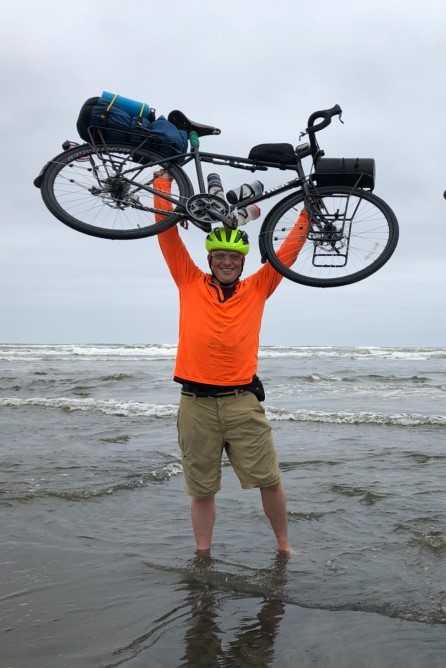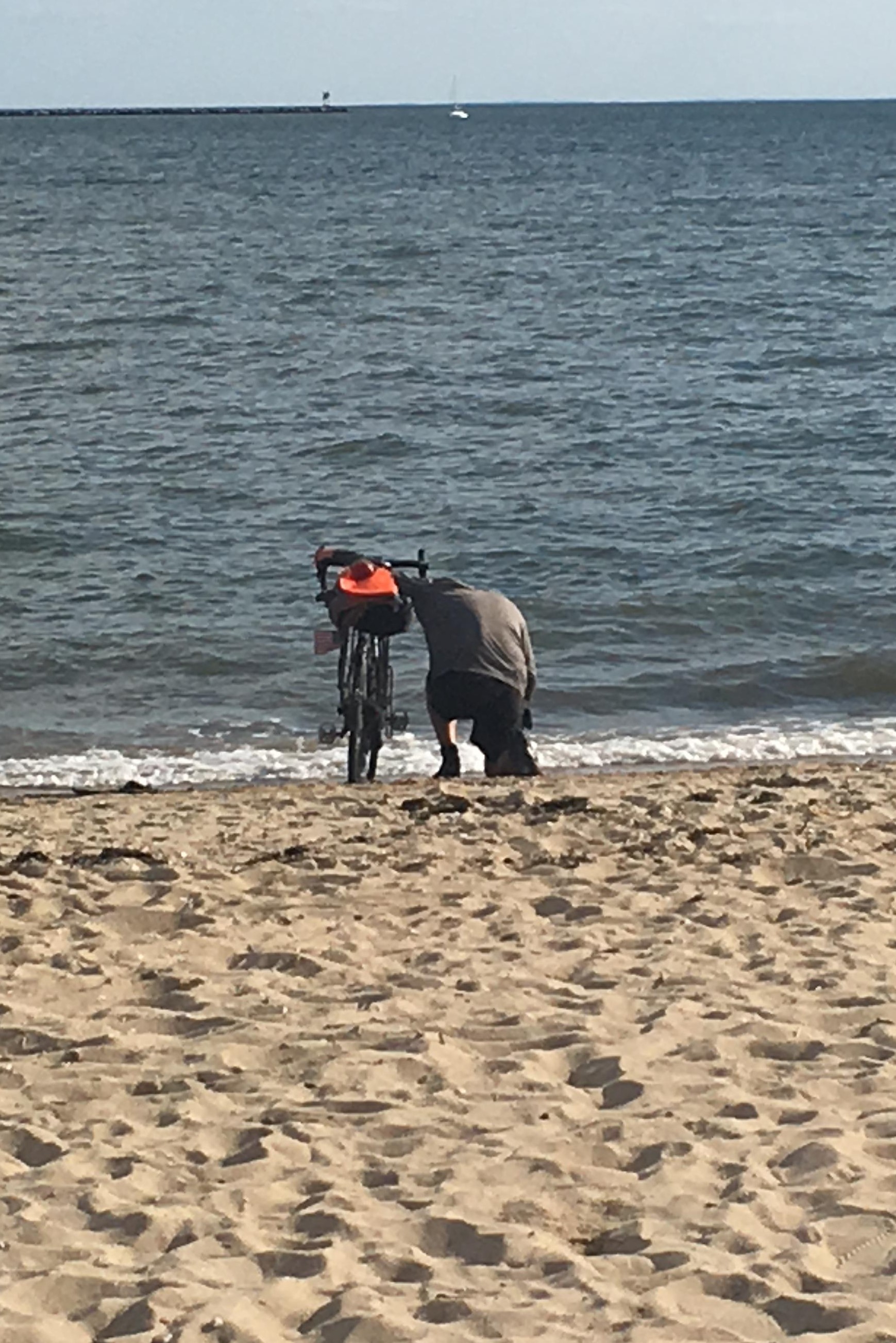A Cycle of Embracing Risk
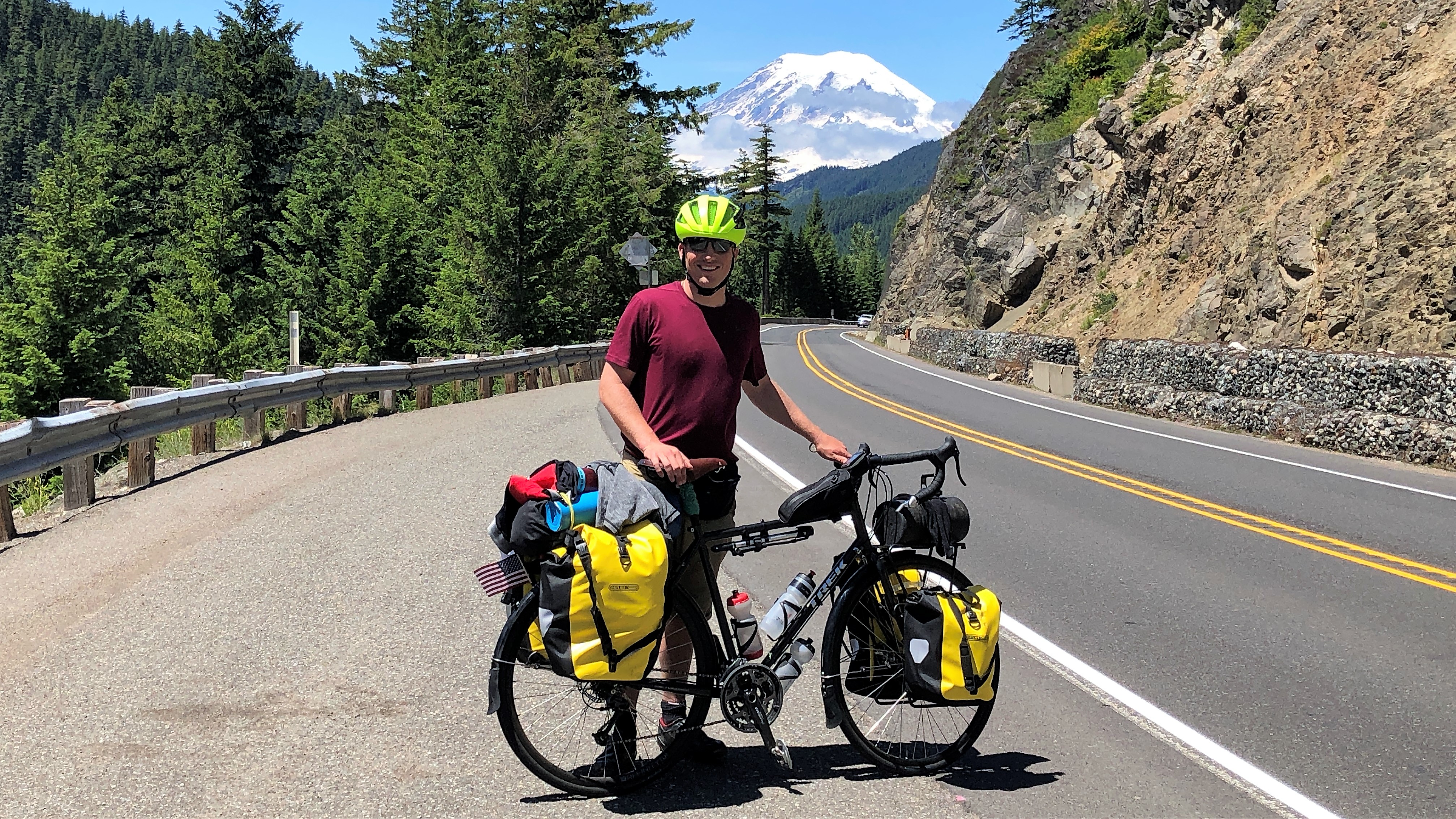
Fund for Teachers fellowships are about igniting teacher learning. Giving teachers the freedom to design experiences they deem relevant is tantamount to them pressing the “refresh button” and subsequently results in more authentic learning for students. For both teachers and students, FFT grants facilitate transformation that we’ve distilled into six categories.
Today we share the learning of Patrick Scully who teaches fourth grade at Roger Sherman Elementary School in Meriden, CT. Patrick used his Fund for Teachers grant to complete a 3,600 mile bicycle tour across the United States to produce real world applications for a core curriculum that enriches current units and inspires students to embrace a growth mindset. As he shares below, Patrick’s fellowship embodies for him and his students the life skill of embracing risk.
It is June 22, 2019 and I am standing over my bicycle posing for a last minute photo in Seaview, Washington. At my back is the vast Pacific Ocean, as open as the road before me. In front of me to the east lies 3,637 miles of uncertainty. I give the thumbs up to my wife’s camera and I am off. I have spent the last year planning the logistics of this trip and many more years before that dreaming of accomplishing this goal.
 In my time planning, I attempted to account for every variable that posed a risk to me. High visibility clothing for traffic, months of training for physical conditioning, a tool kit for mechanical issues, even a can of bear spray to ward off the grizzlies. While I thought I understood the risks involved, I was only physically ready – outfitted with all the equipment I needed to complete the ride.
In my time planning, I attempted to account for every variable that posed a risk to me. High visibility clothing for traffic, months of training for physical conditioning, a tool kit for mechanical issues, even a can of bear spray to ward off the grizzlies. While I thought I understood the risks involved, I was only physically ready – outfitted with all the equipment I needed to complete the ride.
A flat tire after only an hour of cycling put day one off to a rough start. Two more flats before lunch time and a missed turn; things were really not going well. Exhausted, pain radiating from my knees, I was hours behind schedule and frustrated. Negative thoughts spiraled through my mind. I am not even a fraction of the way across Washington State, how am I going to cross this entire country?
After following as a support vehicle for the morning, my wife Rachel had to leave the route and head to Portland, Oregon to catch a flight back to Connecticut. We stood next to the Columbia River as we said our goodbyes. Not even a day into the trip and I was feeling defeated. “I am scared,” I told her. “It’s ok that you are scared, you can still do this,” she wisely replied. Those simple words gave me the push I needed to dive head first into this massive risk. In that moment all it took was the permission to feel fear and the encouragement to take the risk anyway for me to realize that fear and courage are not autonomous experiences. We can experience fear, harness courage, and take risks all at the same time.
Perhaps one of the more lasting surprises of my fellowship was the realization that my hours of preparation and focus on the physical challenge of cycling paled in comparison to the emotional demands of this experience. Over the next 50 days I learned that it wasn’t the traffic, the mountain passes, or the wildlife that posed the greatest risk. It was my state of mind. I began to realize that I had poured so much time and energy into the logistics of the ride and still that wasn’t enough to hide the truth – I was terrified.
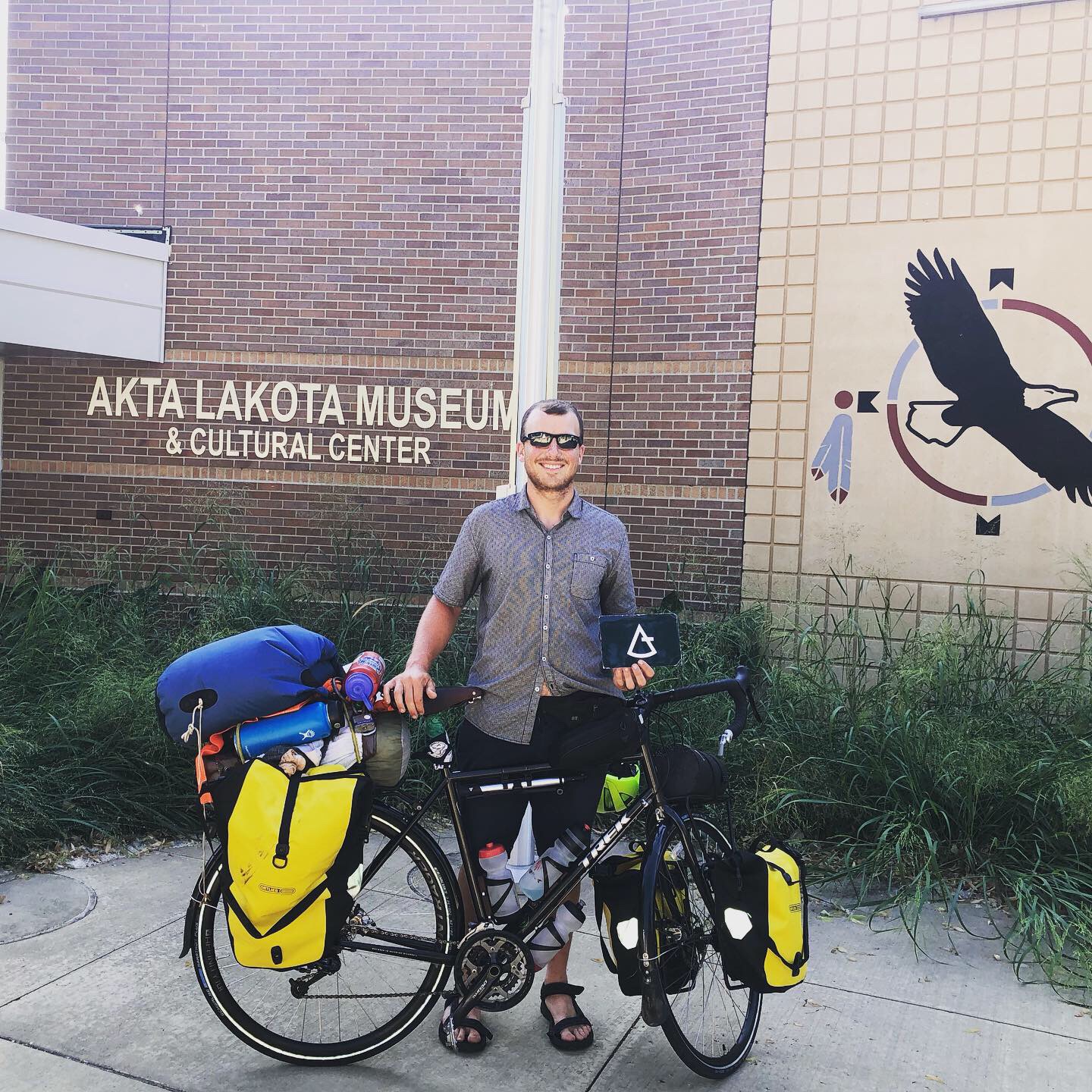 Cycling at 10 mph for 8-12 hours per day gives you a lot of time to think and I would be lying if I told you that it was all positive. I was challenged by my mindset daily. Many days I felt like I was failing. I remember riding through the beautiful Bitterroot Wilderness in Idaho. The crystal clear Lochsa River to my right, craggy mountain peaks in every direction. Everything about this moment was picturesque, and yet I was unable to fully enjoy it. My mind was wrapped up thinking about mechanical issues on my bike and the ever present, what if? I was spoiling this beautiful moment, and I realized that. So I got off my bicycle, set it down next to the river, and told myself, “You are not allowed to get back on that bike until you are thinking positively again. You are in a beautiful place right now and I am not going to let you ruin it.” I sat next to the river, took time to just breathe, and reminded myself, it is ok to feel afraid. You can still do this. It’s ok that things aren’t going perfectly. You can still do this.
Cycling at 10 mph for 8-12 hours per day gives you a lot of time to think and I would be lying if I told you that it was all positive. I was challenged by my mindset daily. Many days I felt like I was failing. I remember riding through the beautiful Bitterroot Wilderness in Idaho. The crystal clear Lochsa River to my right, craggy mountain peaks in every direction. Everything about this moment was picturesque, and yet I was unable to fully enjoy it. My mind was wrapped up thinking about mechanical issues on my bike and the ever present, what if? I was spoiling this beautiful moment, and I realized that. So I got off my bicycle, set it down next to the river, and told myself, “You are not allowed to get back on that bike until you are thinking positively again. You are in a beautiful place right now and I am not going to let you ruin it.” I sat next to the river, took time to just breathe, and reminded myself, it is ok to feel afraid. You can still do this. It’s ok that things aren’t going perfectly. You can still do this.
There were many more instances throughout the trip where the mental struggle proved to be much more powerful than the physical one. In reflecting, I have learned that this is all part of the risk-taking experience. Risk-taking means going through these peaks and valleys and persevering through the greatest challenges to come out successful on the other side. Risk-taking is accepting the idea that “success” is a malleable experience that sometimes takes on its own meaning throughout the process of trying new things.
On August 10, 2019 I rode the 3,637th mile, finishing at my family’s favorite beach in Westbrook, Connecticut. As my tires touched the salt water, the trip reached its ceremonial end. The work then began to translate this experience into the context of an elementary school classroom, constructing tactile lessons out of a personal journey, and allowing myself to share the same vulnerability that fueled my ride with my students.
- Starting in the Pacific Ocean in Seaview, WA.
- All Done. 3,637 miles, 50 days. Dipping his wheel into the Long Island Sound in Westbrook, CT.
In our classrooms, whether in person or virtual, students are often hesitant to engage in risk-taking. A risk can result in a failure, which we will do anything to avoid. However, it is through risk-taking that we can achieve our greatest success. That feeling of accomplishment, and the growth that accompanies success, far exceeds the fear of failure. We want our students to experience the bliss that accompanies accomplishment after risk-taking. But perhaps more importantly, we want them to experience the feeling of uncertainty that precedes risk, followed by the moment in which they decide to try anyway. We need to help encourage our students to take risks, and we also need to model the vulnerability associated with that process. No matter the challenges my students are facing – whether academic, social, emotional, mental, or physical, I hope that by sharing my experiences they will learn that fear and courage go hand and hand. It is a good thing to struggle. It is ok to feel nervous before taking a risk. You can still do it!
[minti_divider style=”1″ icon=”” margin=”20px 0px 20px 0px”]
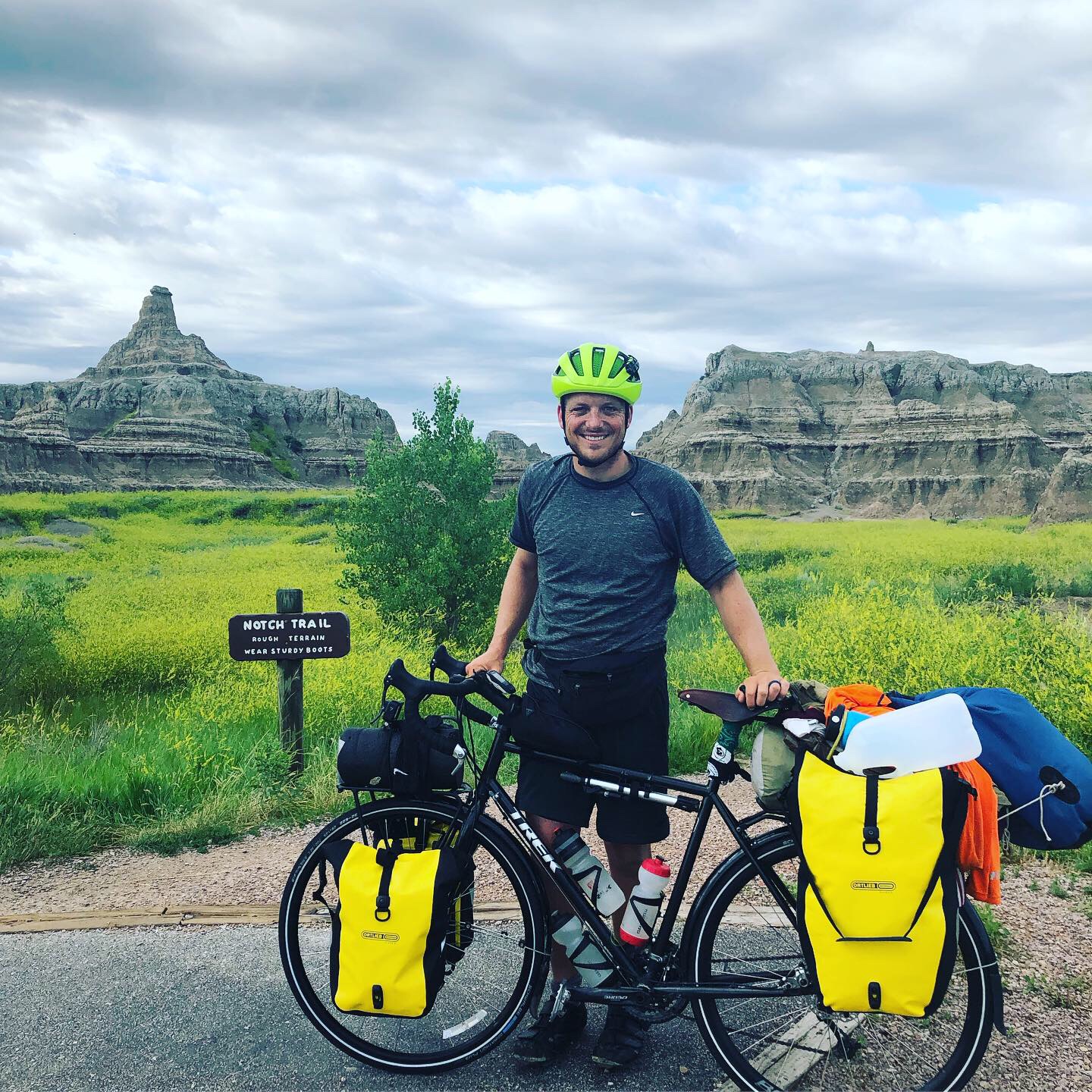 Patrick earned a degree in History and Social Science from Eastern Connecticut State University and a Masters in Elementary Education from the University of New Haven. He moved to a 3rd grade position this school year after teaching fourth grade for 4 years. He is embracing the challenge of distance learning, focusing on social emotional learning, and building a virtual classroom community. While Patrick’s cross country bicycle tour is over, he still makes sure to go on adventures anytime he can, including his greatest adventure yet, fatherhood. The Scullys welcomed their son, Rylan Edward Scully into the world on May 2, 2020. Enjoy learning more about Patrick’s fellowship here.
Patrick earned a degree in History and Social Science from Eastern Connecticut State University and a Masters in Elementary Education from the University of New Haven. He moved to a 3rd grade position this school year after teaching fourth grade for 4 years. He is embracing the challenge of distance learning, focusing on social emotional learning, and building a virtual classroom community. While Patrick’s cross country bicycle tour is over, he still makes sure to go on adventures anytime he can, including his greatest adventure yet, fatherhood. The Scullys welcomed their son, Rylan Edward Scully into the world on May 2, 2020. Enjoy learning more about Patrick’s fellowship here.
 Back to Blogs
Back to Blogs